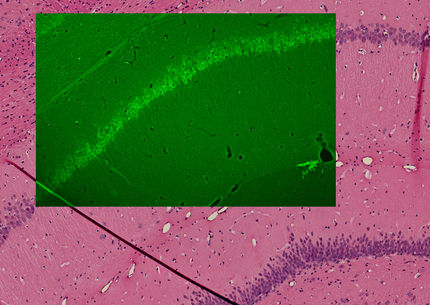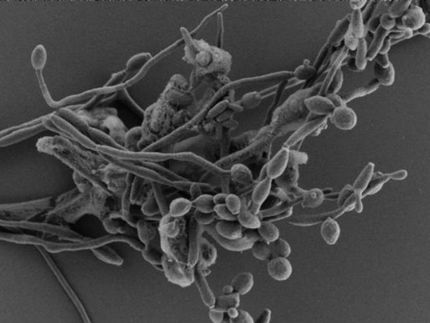New test could identify smokers at risk of emphysema
CT scans can detect differences in lung blood flow patterns, which identify smokers most at risk of emphysema
Using CT scans to measure blood flow in the lungs of people who smoke may offer a way to identify which smokers are most at risk of emphysema before the disease damages and eventually destroys areas of the lungs, according to a University of Iowa study.
The study found that smokers who have very subtle signs of emphysema, but still have normal lung function, have very different blood flow patterns in their lungs compared to non-smokers and smokers without signs of emphysema.
This difference could be used to identify smokers at increased risk of emphysema and allow for early intervention. The findings appear this week in the Early Edition of the Proceedings of the National Academy of Sciences .
"We have developed a new tool to detect early emphysema-related changes that occur in smokers who are susceptible to the disease," said lead study author Eric Hoffman, Ph.D., UI professor of radiology, internal medicine and biomedical engineering. "Our discovery may also help researchers understand the underlying causes of this disease and help distinguish this type of emphysema from other forms of chronic obstructive pulmonary disease. This type of CT scan could even be a tool to test the effectiveness of new therapies by looking at the changes in lung blood flow."
The team used multi-detector row CT imaging to measure blood flow patterns in the lungs of 41 study participants -- 17 non-smokers and 24 smokers. All the participants had normal lung function, but 12 of the smokers had very subtle signs of emphysema. The CT scans showed that these 12 individuals had the most disrupted patterns of blood flow compared to the other participants. The findings also support the idea that abnormal blood flow occurs before emphysema develops.
"Although the underlying causes of emphysema are not well understood, smoking increases the risk of developing the disease," Hoffman said. "Our study suggests that some smokers have an abnormal response to inflammation in their lungs; instead of sending more blood to the inflamed areas to help repair the damage, blood flow is turned off and the inflamed areas deteriorate."
The cellular pathway that turns off blood flow is helpful when an area of the lung has become permanently blocked and cannot be rescued. In that case, the lung "optimizes gas exchange" and stops supplying the area with blood. However, lung inflammation caused by smoking can be resolved and resultant damage repaired by increased blood flow, which brings oxygen and helpful cellular components to the site of injury.
This study suggests that the ability to distinguish when to turn off or when to ramp up blood flow is defective in some people - probably due to genetic differences. If this genetic difference is coupled with smoking, which increases lung inflammation, that could increase the risk of developing emphysema.
Most read news
Topics
Organizations
Other news from the department science

Get the life science industry in your inbox
By submitting this form you agree that LUMITOS AG will send you the newsletter(s) selected above by email. Your data will not be passed on to third parties. Your data will be stored and processed in accordance with our data protection regulations. LUMITOS may contact you by email for the purpose of advertising or market and opinion surveys. You can revoke your consent at any time without giving reasons to LUMITOS AG, Ernst-Augustin-Str. 2, 12489 Berlin, Germany or by e-mail at revoke@lumitos.com with effect for the future. In addition, each email contains a link to unsubscribe from the corresponding newsletter.






















































